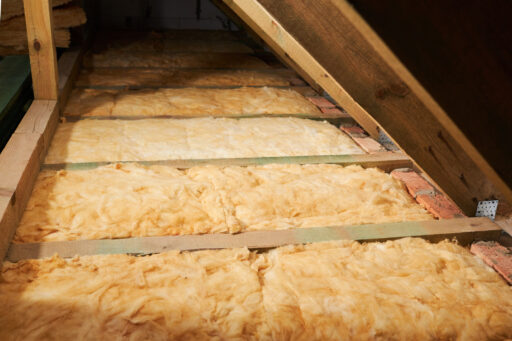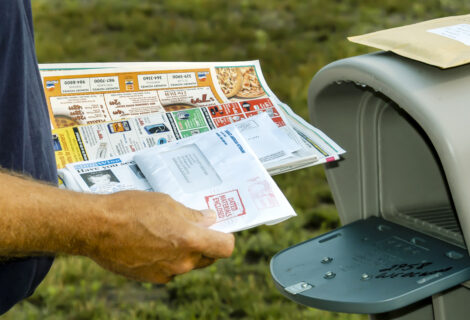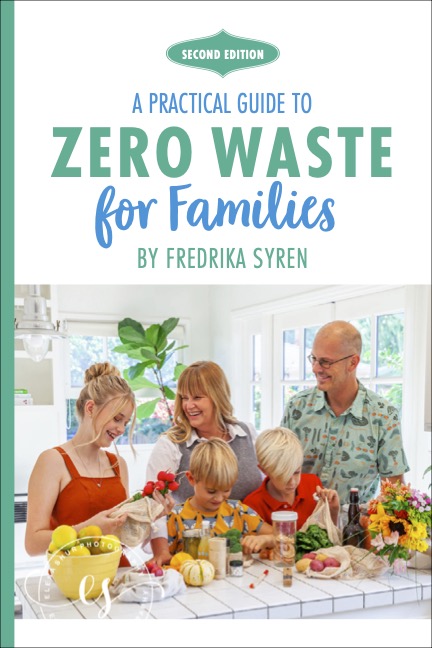Eco-friendliness is all about not harming the environment. It’s a practice most of the population is adopting, especially with the rise in global warming. Global warming arises from increased pollution and carbon dioxide levels. Businesses and homeowners are meeting their needs while ensuring they protect the environment. But how can you be eco-friendly as a homeowner?

There are different ways to do it, including through your building elements. Suppose you have an upcoming roofing project. Be eco-friendly with your roofing in the following ways:
1. Always Work With An Eco-Friendly Roofing Contractor
According to Niagara Roof Masters, eco-friendly roofing goes from its production to transportation and installation. Your roofing contractor is responsible for ensuring your roofing is still eco-friendly during installation. They’ll only do this if they’ve embraced eco-friendliness themselves. Therefore, choose an eco-friendly roofing contractor. This contractor will use recycled material to repair your roof; all their tools and accessories like sealants and grout will also be sustainable.
Verify whether the contractor is eco-friendly. Inquire if they’re certified by the green regulating bodies. They should also show you some of their eco-friendly roofing projects.
As you put eco-friendliness at the forefront of choosing a roofing contractor, don’t forget to consider their qualifications. Verify this as well.
2. Source From An Environmentally Conscious Vendor
In most cases, you’ll source your roofing from suppliers. As part of being eco-friendly, buy from a supplier who believes in and adopts eco-friendliness. Such a supplier will likely source their roofing products from energy-efficient manufacturers. Energy-efficient manufacturers will practice recycling and waste minimization during their production.
Therefore, you’re more or less assured that your roofing materials are eco-friendly. It’d help to check the roofing brands you buy from. Buy brands that are certified as energy efficient by the energy regulating bodies.
3. Adopting Eco-Friendly Roofing Materials
There are many roofing materials you can adopt for your home, some eco-friendly and others not. In the spirit of eco-friendly roofing, choose environmentally friendly roofing.
Common sustainable roofing materials are metal, rubber, and clay. It all goes down to the manufacturing process. Most of these are made from recycling; a metal roof is made from scrap metal, while a rubber roof is made from old tires. It’d also help to recycle old roof parts during repair instead of buying new material.
4. Invest In Roofing Insulation
Insulation falls under energy efficiency and sustainability. It entails minimizing heat loss or gain through an element, in this case, the roof. Maintaining your home’s indoor temperature minimizes your use of heating and cooling appliances. These appliances consume energy to run, whose source can be detrimental to the environment. Therefore, you’ll positively contribute to the environment by conserving energy, one of the aspects of eco-friendliness.
Further, be eco-friendly by adopting eco-friendly insulating insulation solutions. These will be solutions made from recycling and are renewable, natural, and biodegradable. Such solutions are glass and rock wool. They’re made from recycled glass and iron. Other insulation solutions are made from natural materials like cellulose and sheep’s wool.
5. Invest In Gutters
One of the things that lead to environmental degradation is soil erosion. It leads to the loss of soil fertility, inhabiting plant growth. The result is an unbalanced ecosystem, which negatively affects the environment.
Revert the situation by making your roofing eco-friendlier through gutters. Heavy rainfall is one of the causes of soil erosion. Gutters will enable you to harvest rainwater easily for storage and other uses. The result is reduced surface run-off that leads to soil erosion.
For an effective gutter system, adopt gutter guards. Gutter guards will prevent debris from collecting in the gutter and causing a blockage. A blocked gutter will cause rainwater from the roof to pour over the gutters, increasing surface run-off and soil erosion.
6. Locally Source Your Roofing Materials
As previously stated, eco-friendly roofing touches the products’ entire lifecycle, including transportation. One of the negative effects of transport surrounds carbon emissions, which negatively affect the environment.
Hence, be eco-friendly by sourcing your roofing material locally. Locally sourced roofing reduces the distance covered by vehicles and other means of transport to deliver the product to your doorstep. There’ll be minimal carbon emissions, unlike importing.
Alternatively, you can source your roofing material from a vendor who’s adopted eco-friendliness. Some vendors have electric delivery vehicles to reduce their carbon footprint.

Conclusion
Having eco-friendly roofing isn’t as challenging as you’d have imagined. The discussion above has pinpointed that you can achieve eco-friendliness directly or indirectly. Direct eco-friendliness would be from your efforts like buying sustainable roofing and practicing rain harvesting.
On the other hand, being indirectly eco-friendly entails collaborating with eco-friendly partners throughout your roofing project. All in all, it’d help to adopt the tips given in your next roofing project. It’ll help you positively contribute to the environment.









